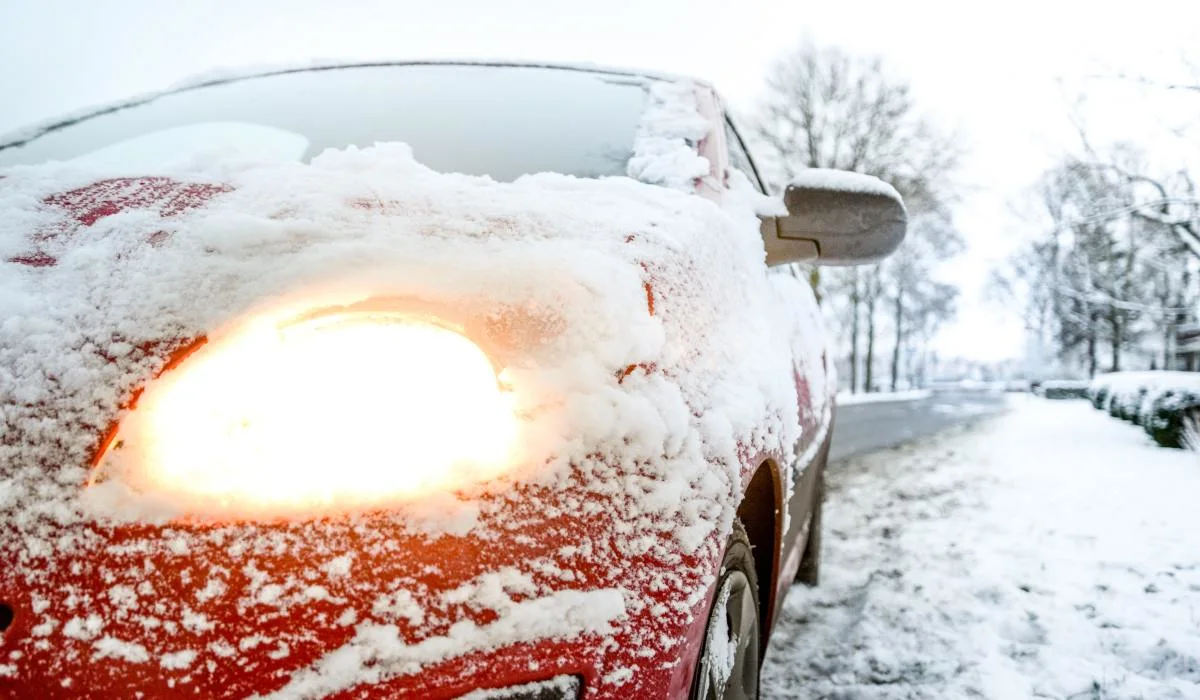
Traction vs. Steering: How to get a grip on winter driving
Expert shares the dos and don'ts of winter driving
Winter or summer, all the control you have over your vehicle – whether you apply it through the steering wheel, accelerator, or brake pedal – is delivered through four little patches of rubber where the tires meet the road.
So all the control you have is dependent on the traction generated at those contact patches. In winter, that traction can be substantially reduced, so to stay safe you have to adjust your driving accordingly.
LESS TRACTION AVAILABLE
On snow or ice, the traction generated by a typical summer or all-season tire may be only from one-half to one-tenth as great as you are accustomed on dry pavement.
On pavement, most of us seldom use more than 30 to 40 per cent of that available traction, so we rarely get in trouble in those conditions. There remains a substantial safety margin. But if we continue to drive the same way in winter conditions, that safety margin will not only be diminished but in many circumstances exceeded.
MAXIMIZING TRACTION
Traction is just another word for friction and, as you may recall from high-school physics, friction is greatest when there is no motion between the mating surfaces – that is, when there's no sliding. In the case of a tire, that means traction is greatest when it is rolling or stopped, not spinning or sliding.
A fully locked, sliding tire typically loses 20 to 25% of its maximum rolling traction.
To maximize traction, therefore, it is imperative to avoid wheelspin or skidding.
STEER SMOOTHLY
The key to keeping your tires from spinning or skidding can be summed up in one word: smoothness. With the reduced traction available on snow and ice, any quick force applied at the tires – through a harsh movement of the steering wheel, or quick application of the accelerator or brake pedals – can cause the tire to slip or slide. That's why smoothness is so important.
When steering on slippery surfaces, it is the initial movement of the steering wheel that is critical.
Begin turning the wheel gently, then accelerate the rate of motion once the turn is initiated, if necessary. Many people tend to steer not only too quickly but too much. Steer just enough to follow the path you intend. There is nothing to be gained and vital traction to be lost by over-rotating the wheel, then having to turn it back.
GO EASY ON THE ACCELERATOR
When accelerating, don't kick the accelerator pedal: instead, tip into it gently, as if there were an egg between your foot and the pedal. The first few centimetres of pedal travel are critical, in some vehicles even more so than others. Once the vehicle is rolling, you can increase pressure on the pedal, and thus your rate of acceleration, more quickly. Just don't accelerate hard enough to make the wheels spin.
If you do sense wheelspin – either from the sound, a slowing of the vehicle, or a lack of response to the accelerator pedal – ease back on the pedal immediately until you feel the wheels grip again.
WATCH BELOW: IF YOU ONLY HAVE 2 WINTER TIRES, SHOULD THEY GO ON THE BACK OR FRONT?
GENTLE ON THE BRAKES
The suggestion that you accelerate as if there were an egg between your foot and the pedal also applies to braking – except, of course, in emergency situations.
Allow plenty of space to slow down or stop.
And begin early.
You should apply the brake gently at first, then increase pedal pressure progressively as you begin to slow down.
You can brake quite hard as long as the initial application is smooth.
SEPARATE YOUR ACTIONS
When driving on snow and ice, it is good practice to separate your control inputs – accelerating, braking, steering – so you do only one at a time, to the extent that's possible. If you are braking or accelerating, you'll have more traction for doing so if you don't steer at the same time, and vice versa. This way, all the available traction can be used for one purpose and the chances of inadvertently exceeding the tires' ultimate traction limit are reduced.
Brake before you turn into a corner, steer through the corner at a safe speed, and then accelerate again when you straighten out of it. It's that simple.
Conscientiously apply those smoothness techniques and you will significantly reduce your winter driving risks.
--
This article was originally published on Autofile.ca.
Follow Autofile Canada on Twitter for more tips this winter season.





